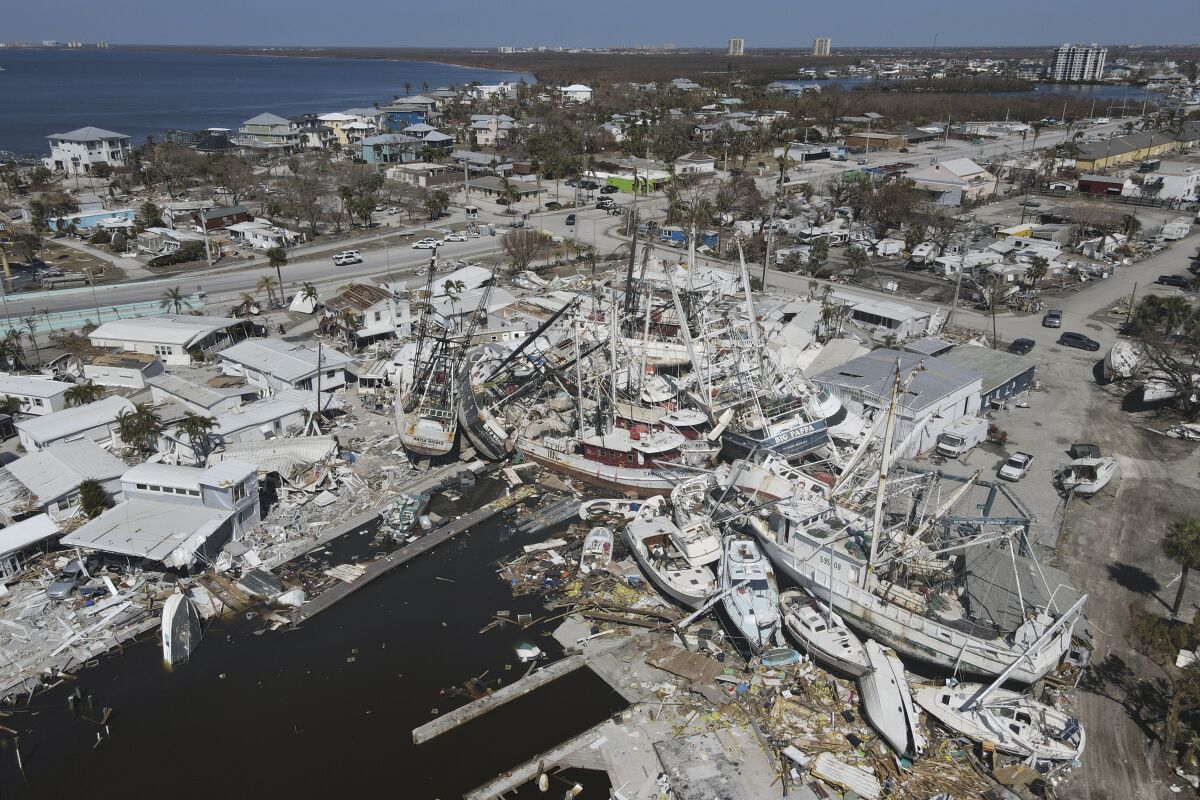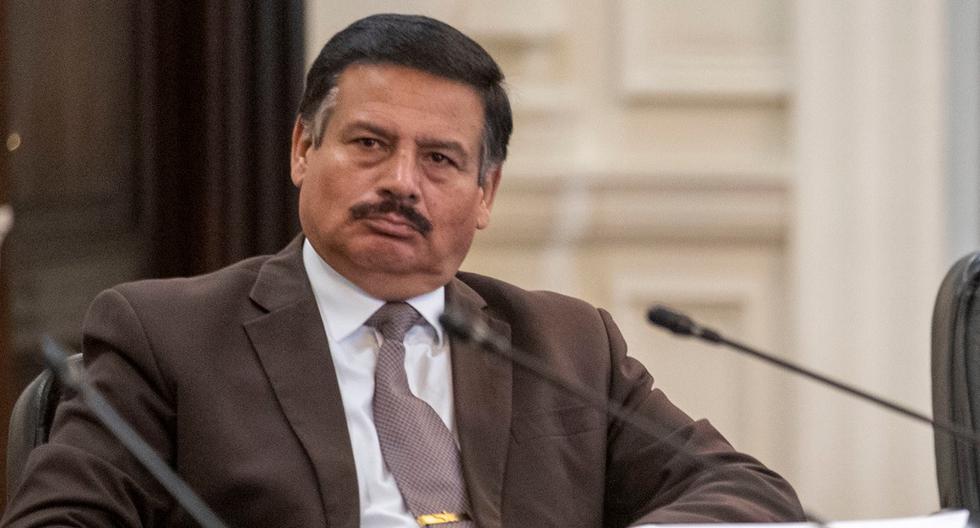“Unfortunately we have 36 people dead at the moment and 56 people who are missing,” Interior Minister Remigio Ceballos said in a video posted on his office’s Twitter account.
The person in charge pointed out that more than 3,000 officials participate in the search work under the mud that covered the town of Las Tejerías, Aragua state, about 52 km from Caracas and devastated on Saturday by the overflow of five streams.
Venezuela is experiencing an atypical rainy season this year, aggravated by the La Niña phenomenon, tropical waves and the aftermath of Hurricane Julia.
President Nicolás Maduro, who decreed three days of mourning, toured the disaster area, greeting some of the affected neighbors.
“We take with us that pain, that clamor, the desperation, the tears of the people, but they must know that Tejerías is going to resurface like the Phoenix, Tejerías will be reborn,” said the president, who promised to rebuild the destroyed houses and businesses.
– “Kick the mud” –
The authorities intensify the searches, increasingly difficult as time passes and the mud becomes more compact. Desperate neighbors support using picks, shovels or whatever they find, AFP found at the scene.
A soldier, at the head of a squad, directed the search efforts with a loudspeaker in this town with an industrial area that has been in decline for years. “They are removing debris and blood was seen,” says the officer from a concrete roof in one of the few structures left standing after the landslide.
It is the worst natural disaster in Venezuela so far this century. The flooding of the river, which was up to six meters in the structures closest to the channel, dragged trees, cars, parts of houses and telephone antennas.
“Las Tejerías has faced this with great courage because we went out to kick the mud, but it hurts us to see so many dead children, people are stepped on (by the mud),” said Magaly Mujica, 73, who organizes in the town’s church. clothing donations.
Gregorio, 67, was looking at the local slaughterhouse on Monday, an important source of employment that has now been reduced to rubble. “25 years of work lost,” lamented the worker, now unemployed.
– “Get them all” –
Tons of sediment and logs complicate rescue tasks. The noise of the chainsaws used to cut through the huge jammed logs breaks out at one of the tracking points.
“The most important front is the search front,” declared Vice President Delcy Rodríguez, who also reported 317 homes “completely destroyed” and 757 “affected” by the landslide.
“We have to get them all,” said the leader of a fire mission in Aragua state.
Rescuers are trying to locate the missing in areas where relatives believe they might be, but are aware that the bodies could have been swept away by the current.
Another 13 people have died in different regions of the country in the last three weeks, also as a result of heavy rains.
“September has been very rainy, we have had historical rainfall reports in some areas,” Ángel Custodio, manager of the Venezuelan meteorology institute (Inameh), told AFP.
In Las Tejerías, for example, “it rained in eight hours what it rains for a month,” said Vice President Rodríguez on Sunday.
– Donations –
The government has installed shelters in Maracay, the capital of Aragua, said Minister Ceballos, who also announced the distribution of 300 tons of food.
Two baseball stadiums, the largest in Maracay and Caracas, were set up as collection centers. The Caracas metro, NGOs, foundations and supermarkets have also enabled their headquarters to receive donations and send them to Tejerías.
Around 10,000 people died in 1999 due to a large landslide in Vargas state, in the north of the country.

















